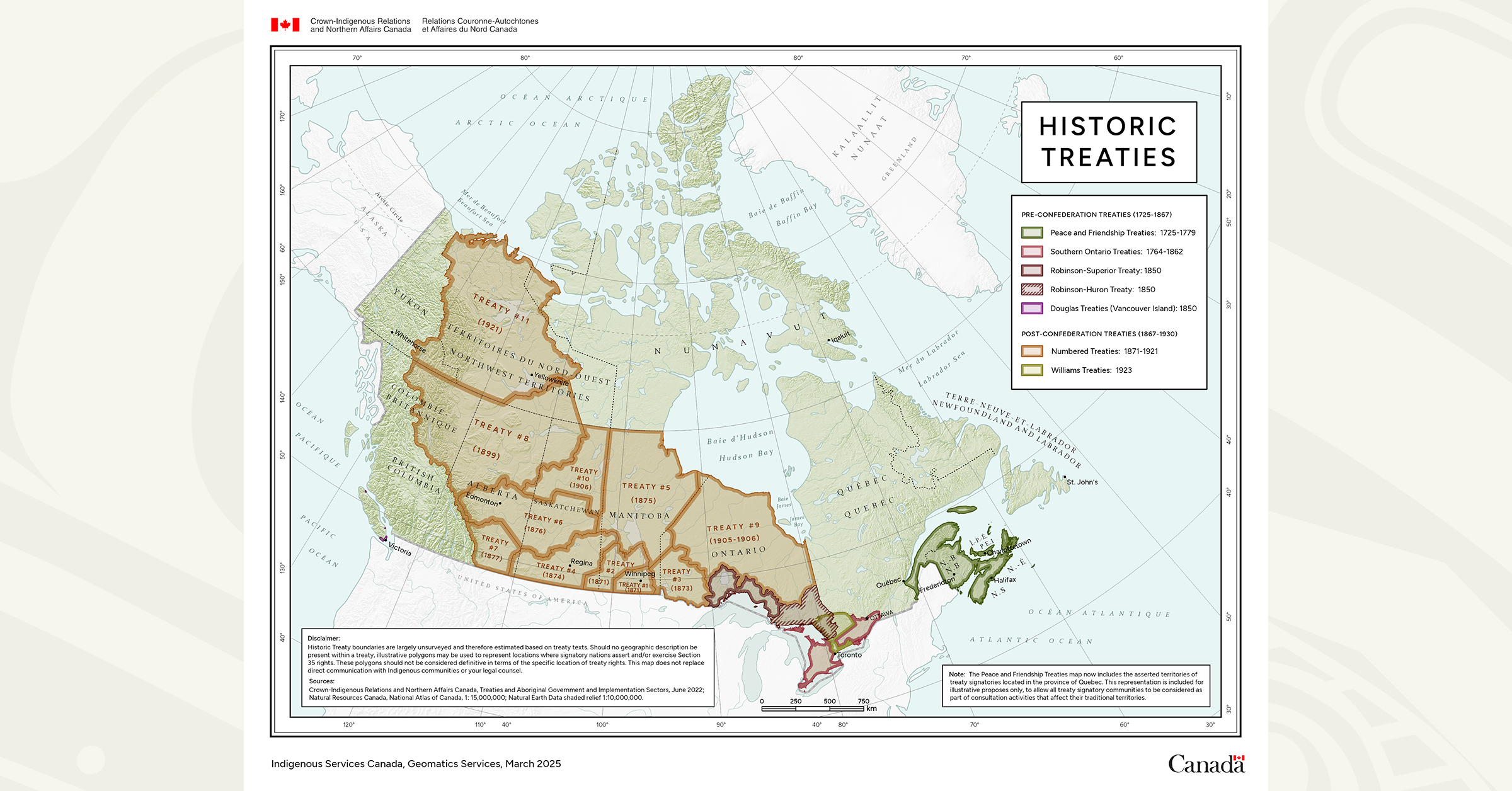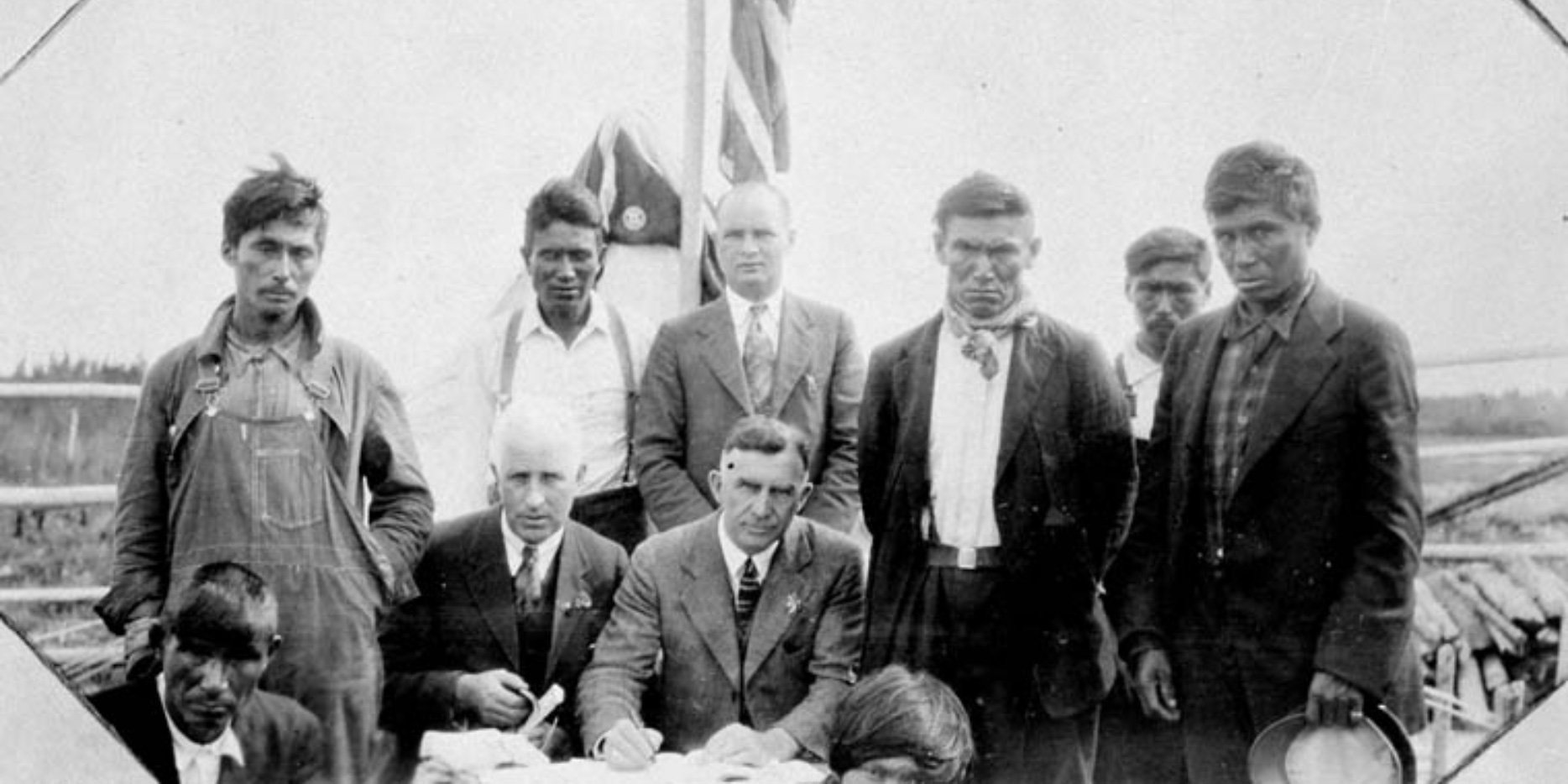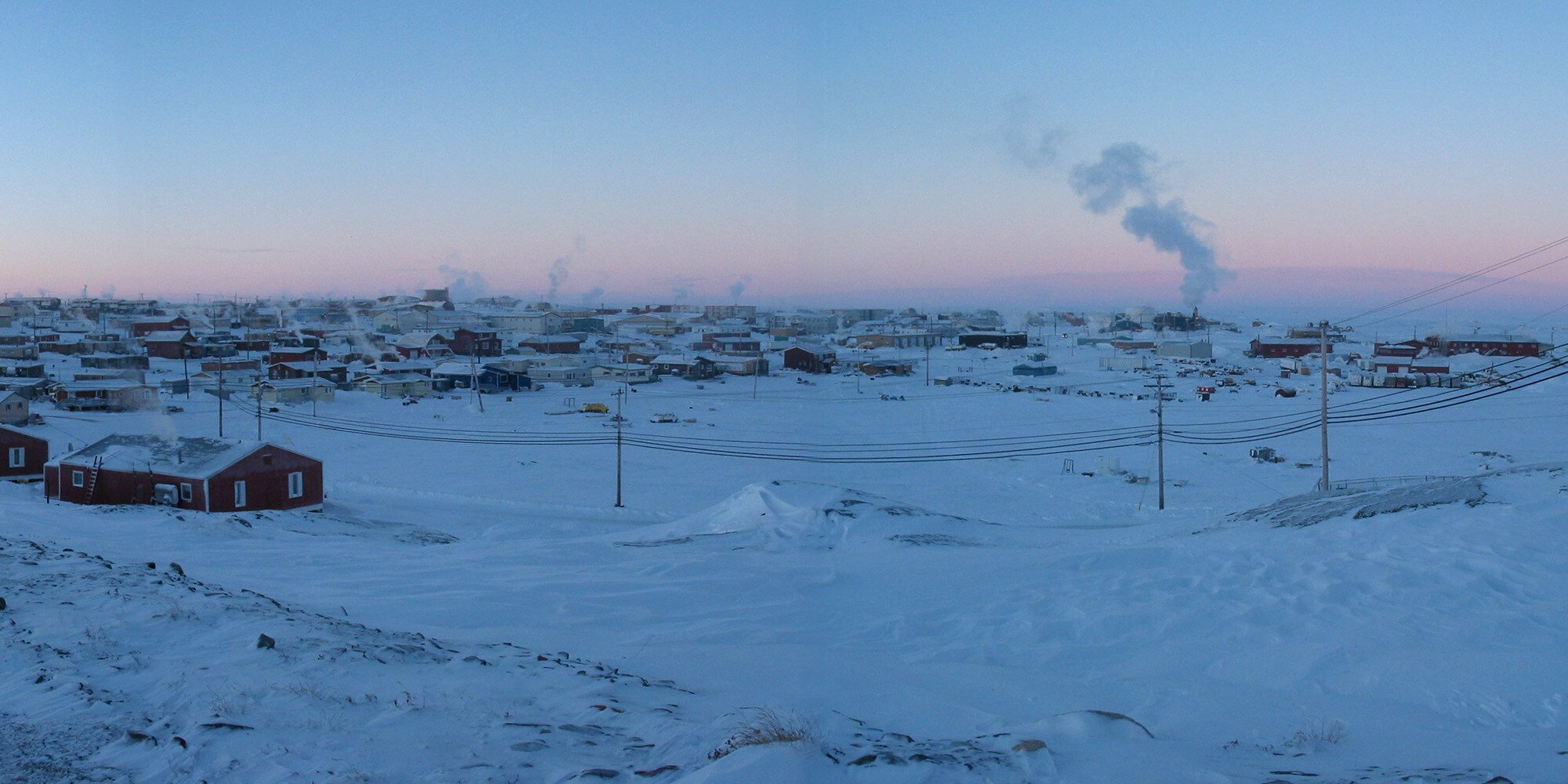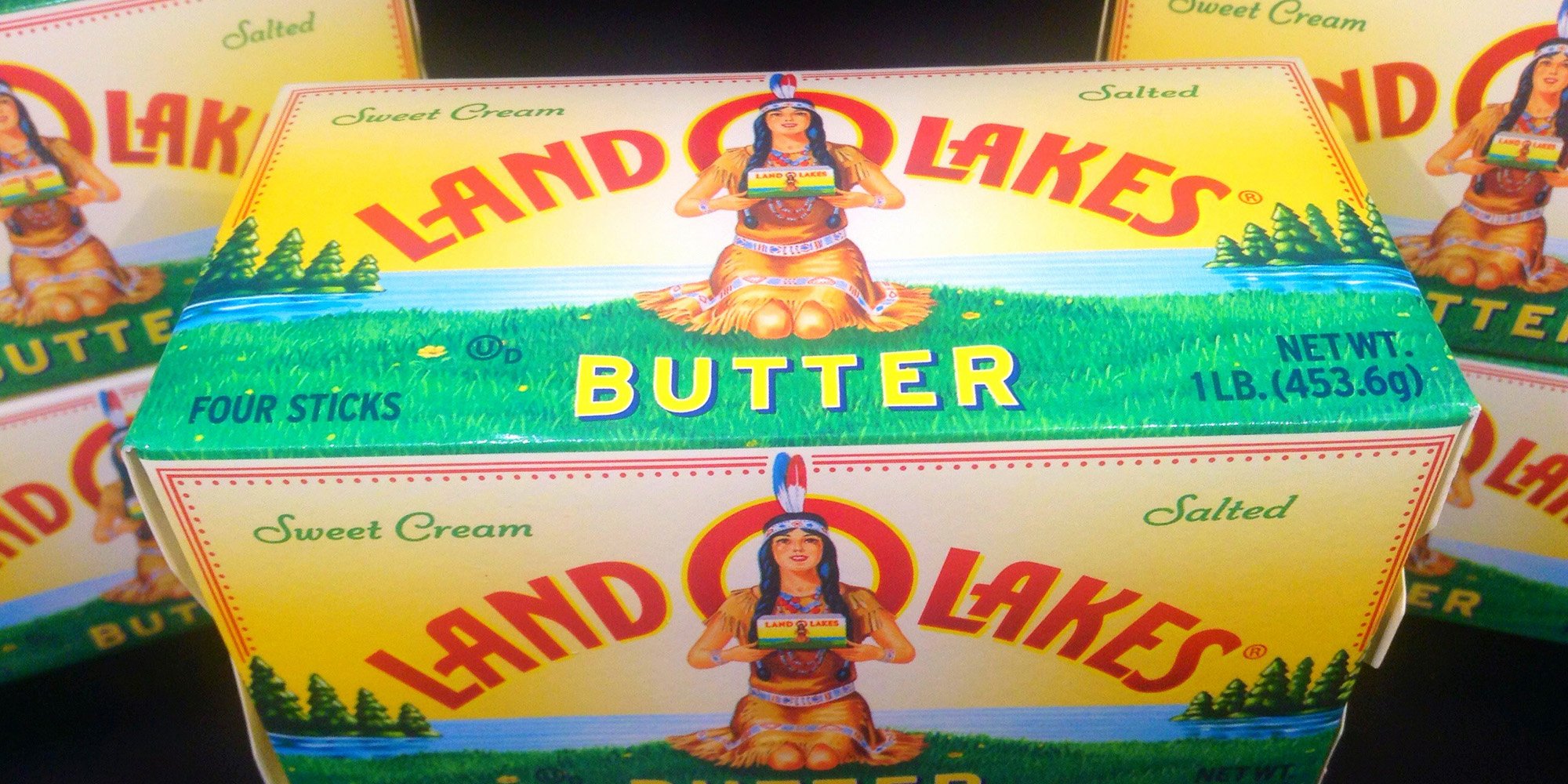What’s the Difference Between Historic and Modern Treaties?
We have received requests to provide a description of the difference between historic and modern treaties. This article attempts to answer the...

Treaty-making is not anything new in Canada. In fact, treaties pre-date the creation of the country and were instrumental in shaping what became known as the Dominion of Canada.
In this context, treaties are agreements between Indigenous groups and the Crown. They contain promises and obligations that establish the basis on which the parties work together moving forward.
As soon as they arrived in North America, Europeans made agreements with Indigenous Peoples to secure trade relations and military alliances. These are known as Peace and Friendship Treaties and are mainly found in the Maritimes and parts of Québec.
While not a treaty itself, the Royal Proclamation of 1763 established the boundaries of the British colony and formalized the treaty-making processes outside of the colony, stating that no settlement could be established outside of those boundaries before the Crown secured the lands by negotiating a Treaty with Indigenous Peoples.
Treaties concluded between 1763 and 1867 focused on securing access to lands and resources, to allow loyalists fleeing the United States to settle, and to enable resource development. These include the Upper Canada Lands Surrenders and the Robinson treaties.
Canada officially became a country in 1867, with the passage of the British North America Act. This act also granted parliament with the exclusive authority to pass laws about “Indians, and lands reserved for Indians.” In 1876, several laws and regulations about “Indians” were consolidated into what became known as the Indian Act, a cornerstone of Indian policy that would regulate virtually every aspect of First Nations lives in Canada.
To learn more about the Indian Act and its impact, as well as the history of treaty-making in Canada, consider taking our Indigenous Awareness course.
Following the British North America Act and the Indian Act, the newly formed Dominion of Canada sought to strengthen its hold over lands by expanding North and West. Between 1871 and 1921, a series of 11 treaties were made with First Nations across the areas now known as northern Ontario, southern Manitoba, northeast British Columbia, Alberta, Yukon, and the Northwest Territories. These treaties all followed a similar format, modelled after the Robinson Treaties of 1850.
Through these treaties, the Crown secured extensive tracts of land. In return, Indigenous partners were promised, but did not always receive:
To this day, the interpretation and validity of these 11 treaties, along with others signed between 1701 and 1923, collectively known as “Historic Treaties,” are disputed, often citing unfulfilled promises, lies and deception, and differences in understanding of the terms of the Treaties.
In the 1970s, the Quebec government began hydroelectric development in the James Bay region without consulting the Cree and Inuit in the area before starting construction, which led to a legal challenge. Since the lands in question were unceded, that is, they had never been surrendered or given up to the Crown by Indigenous Peoples through a treaty or other agreement, the court ordered the government to negotiate a treaty with the Indigenous Peoples who retained rights and title over the area before continuing construction.
This led to the signing of the James Bay and Northern Quebec Agreement (JBNQA), known as the first “Modern Day Treaty” in Canada. The agreement allowed the Quebec government to complete the construction of hydroelectric dams in the region. In return, the province recognized the rights of the Cree and Inuit, and agreed to provide them with compensation for over 20 years. The treaty also contained provisions around land management, economic development and Indigenous governance, amongst other things.
Since then, over 25 modern treaties have been signed across the country, particularly in northern Quebec, the territories, and British-Columbia, with many more currently being negotiated. Most of these treaties also include provisions for, or associated self-government agreements, which allows the Indigenous signatories to reclaim decision making power over their own affairs and remove themselves from under (most of) the Indian Act.
Learn more about this in Bob Joseph's upcoming book 21 Things™ You Need to Know About Indigenous Self-Government: A Conversation About Dismantling the Indian Act coming to a bookstore near you on September 2nd, 2025.
Crown-Indigenous Relations and Northern Affairs Canada. (2024). About treaties. Government of Canada.
Joseph, B. (2018). 21 Things™ You May Not Know About the Indian Act: Helping Canadians Make Reconciliation with Indigenous Peoples a Reality. Indigenous Relations Press.
The Canadian Encyclopedia. (n.d.) Treaties with Indigenous Peoples in Canada.
Crown-Indigenous Relations and Northern Affairs Canada. (2024). Upper Canada Lands Surrenders and Williams Treaties. Government of Canada
The Canadian Encyclopedia. (2020) Robinson Treaties of 1850.
Indigenous Services Canada (2025) Map room.
Joseph, B and Joseph C (2024) Working Effectively with Aboriginal Peoples, Working Effectively with Indigenous Peoples ® (5th Edition)

We have received requests to provide a description of the difference between historic and modern treaties. This article attempts to answer the...

Many educational programs and documents that recount the history of Indian Residential Schools in Canada will state that 1996 was the year that...

Following every training session we ask learners if they would kindly take the time to fill in a survey about the training. We find these surveys...